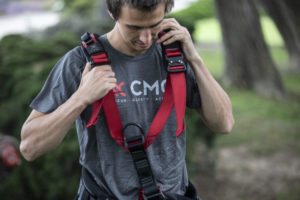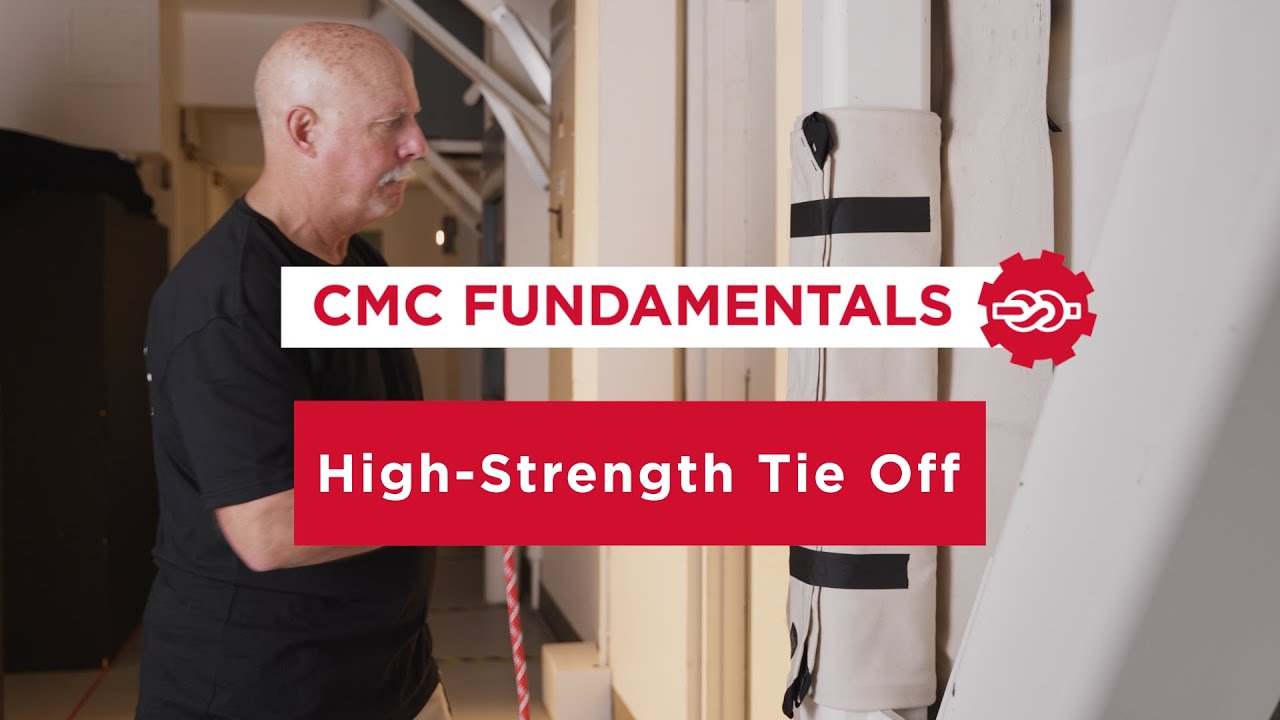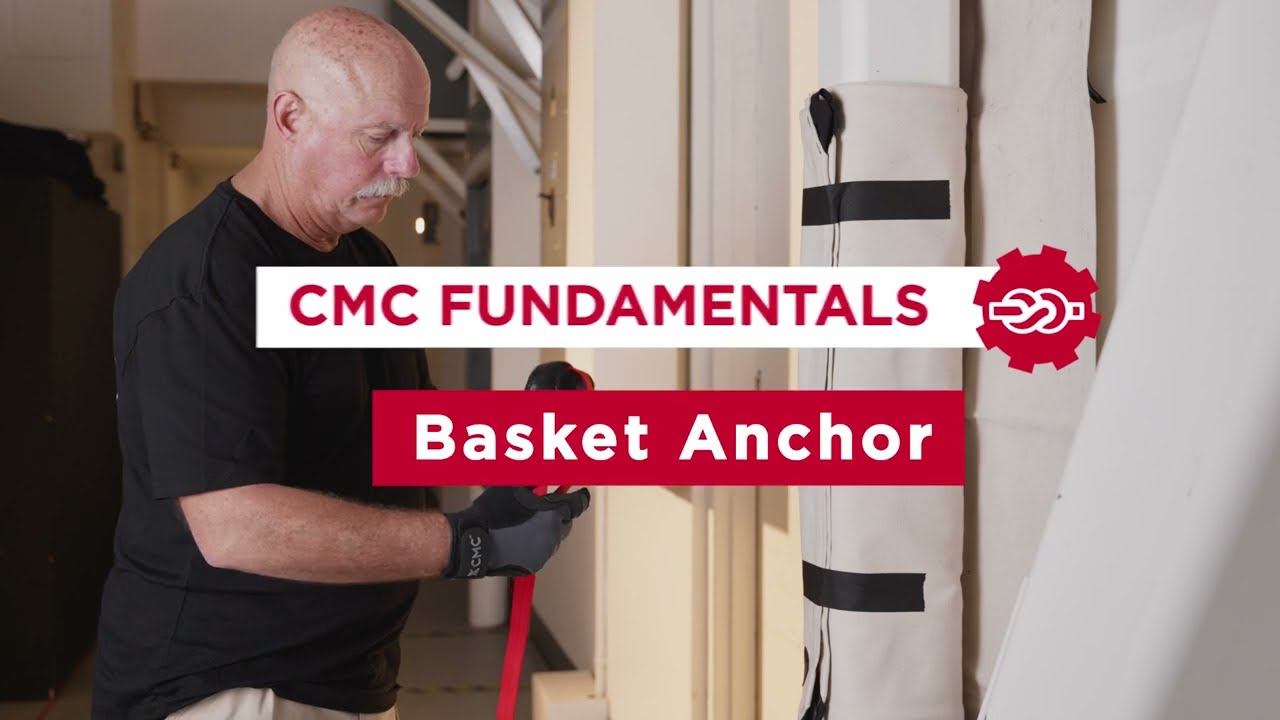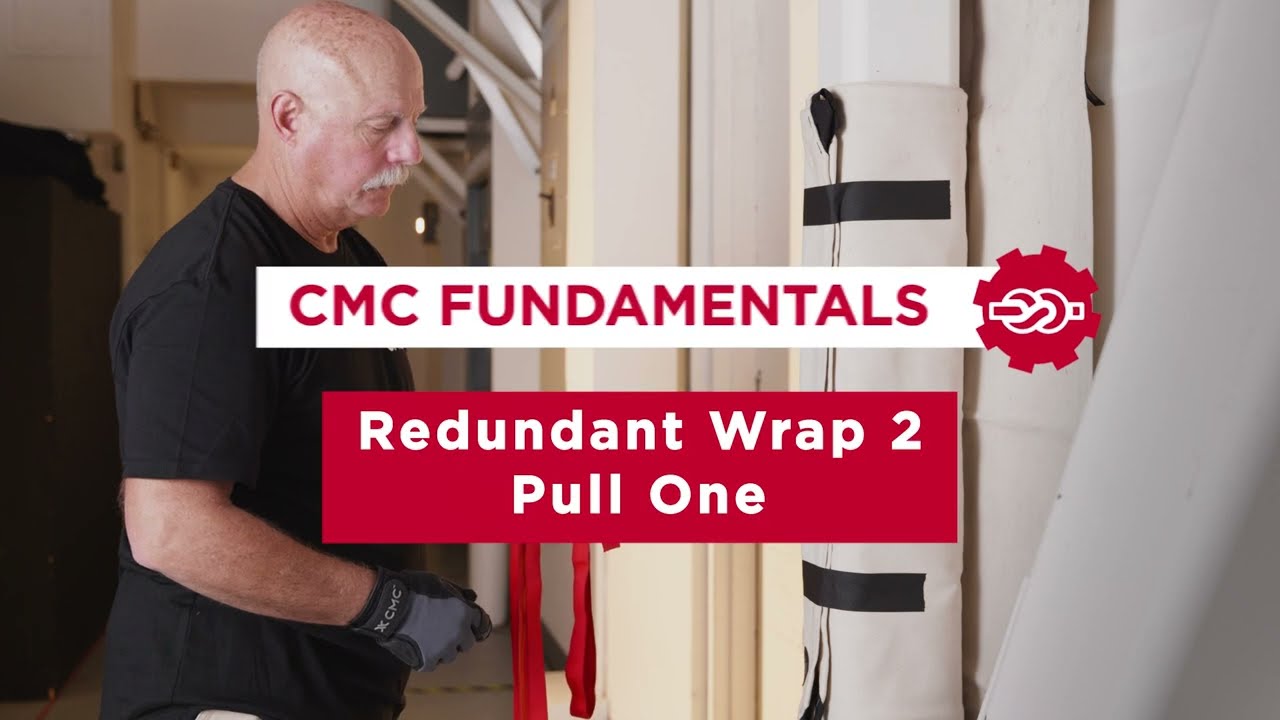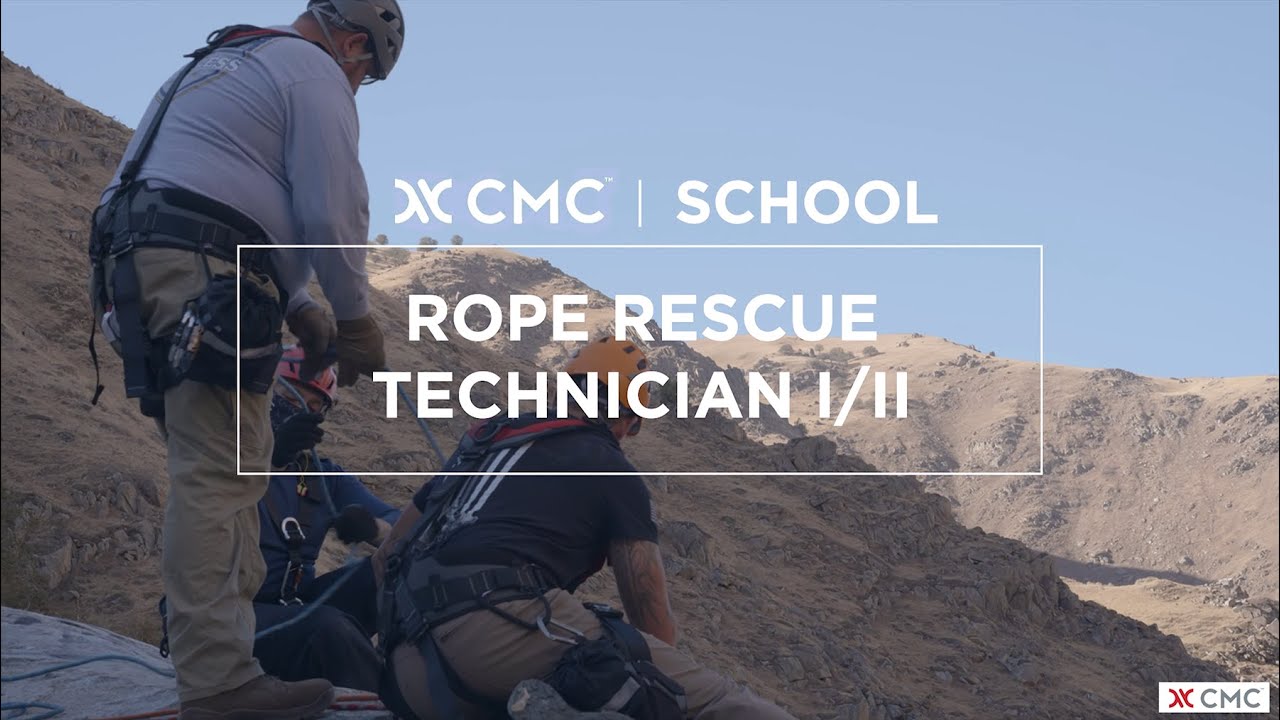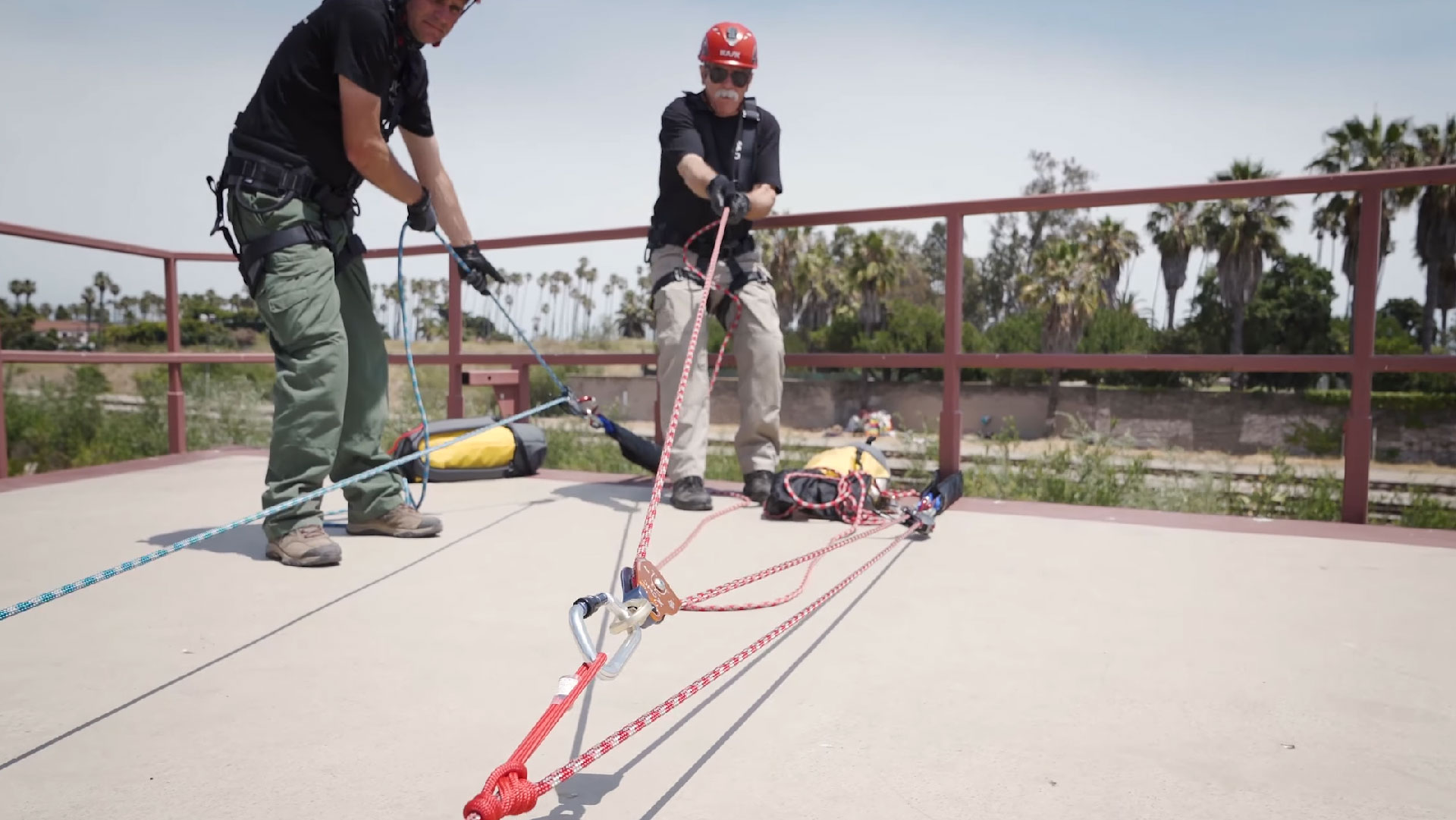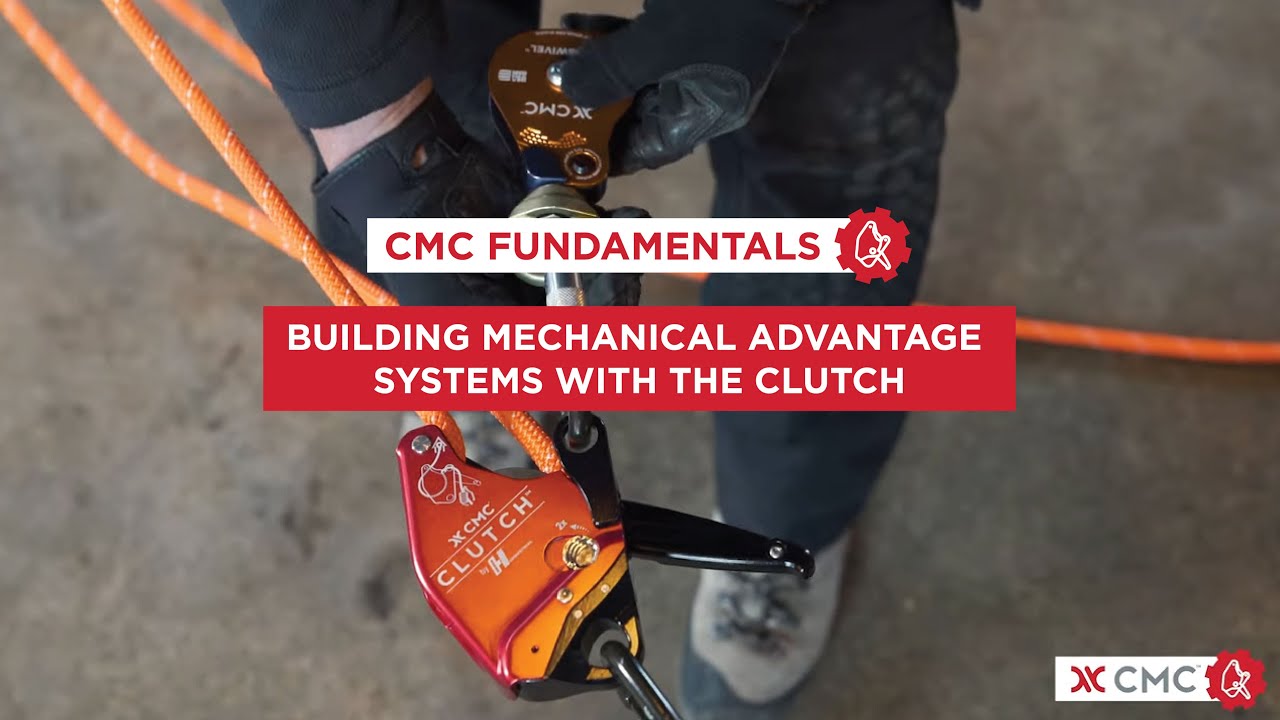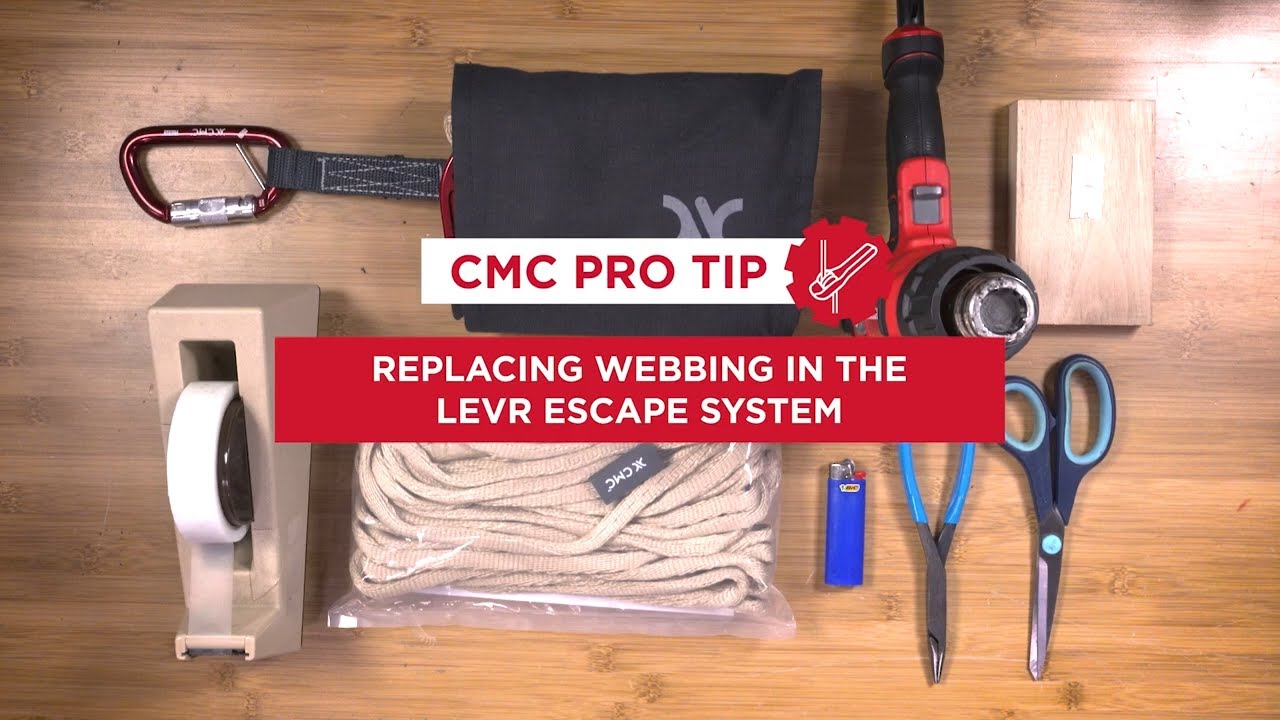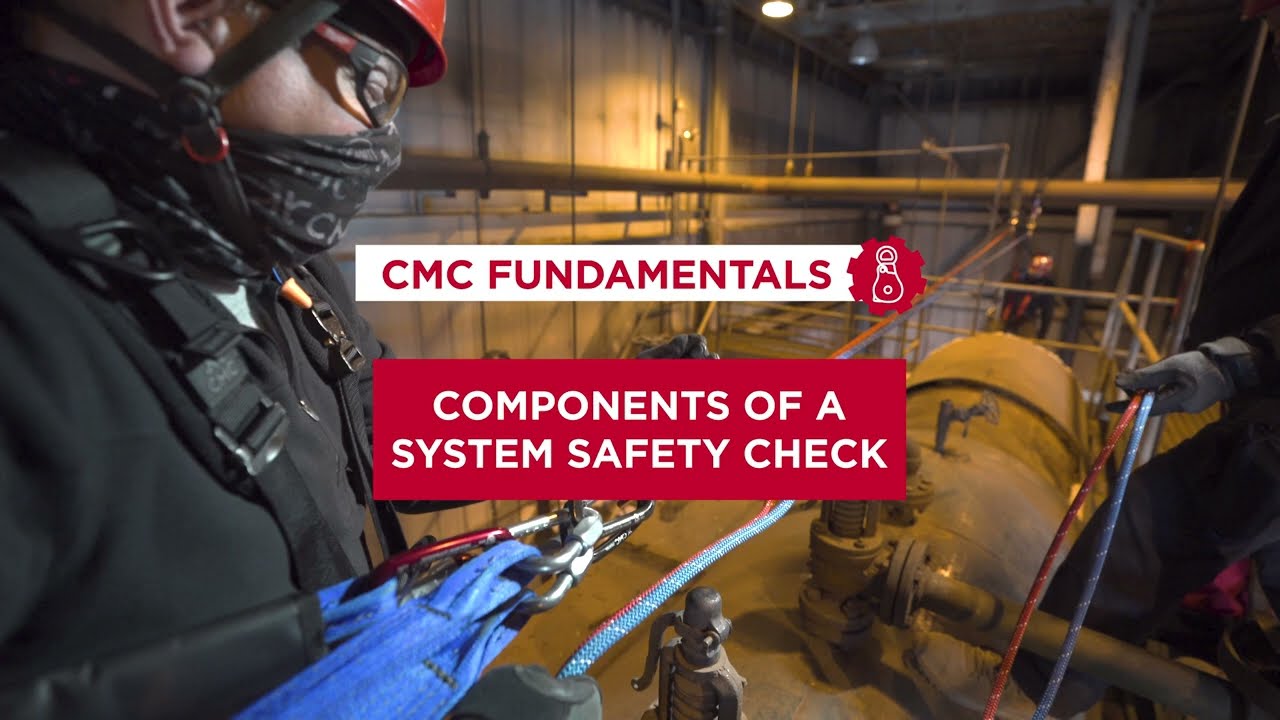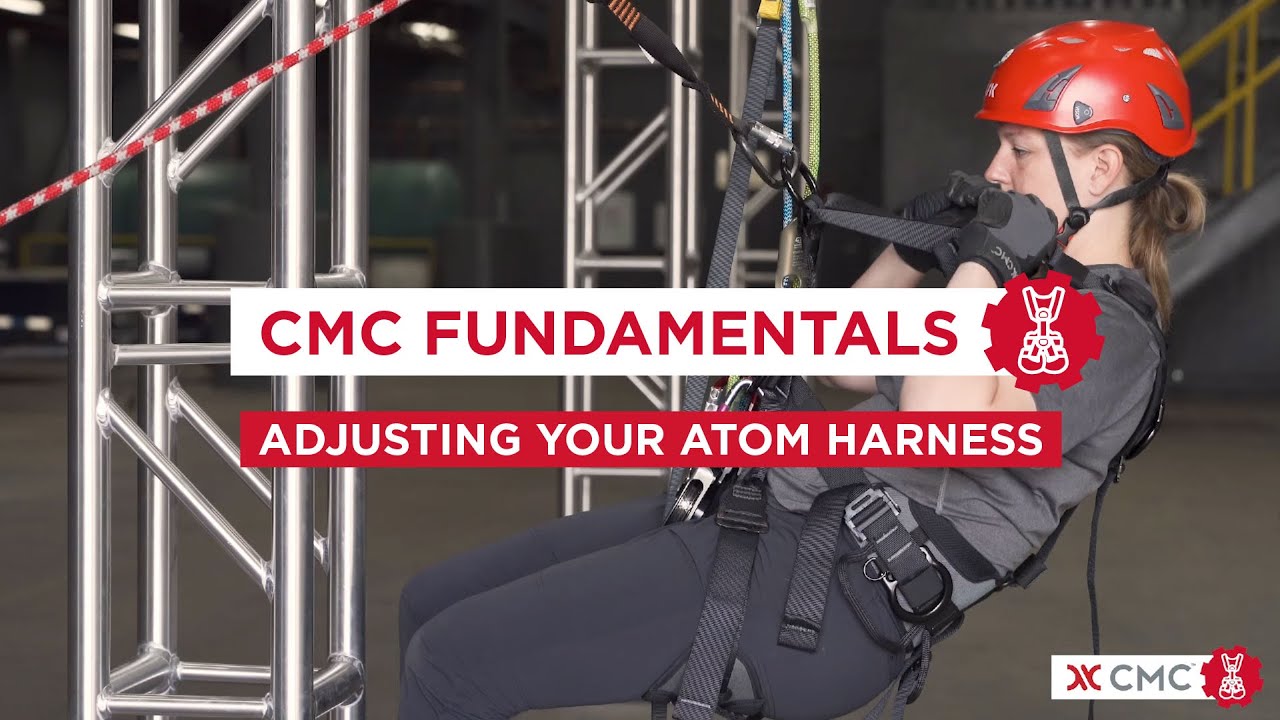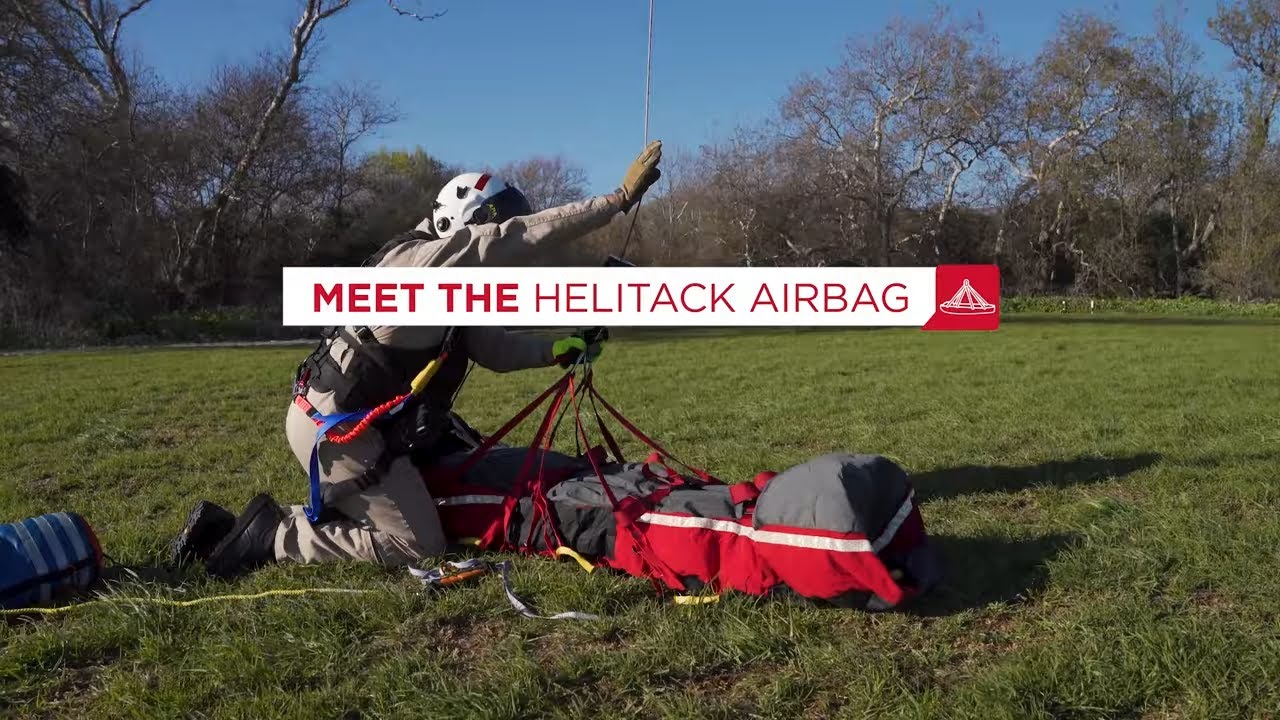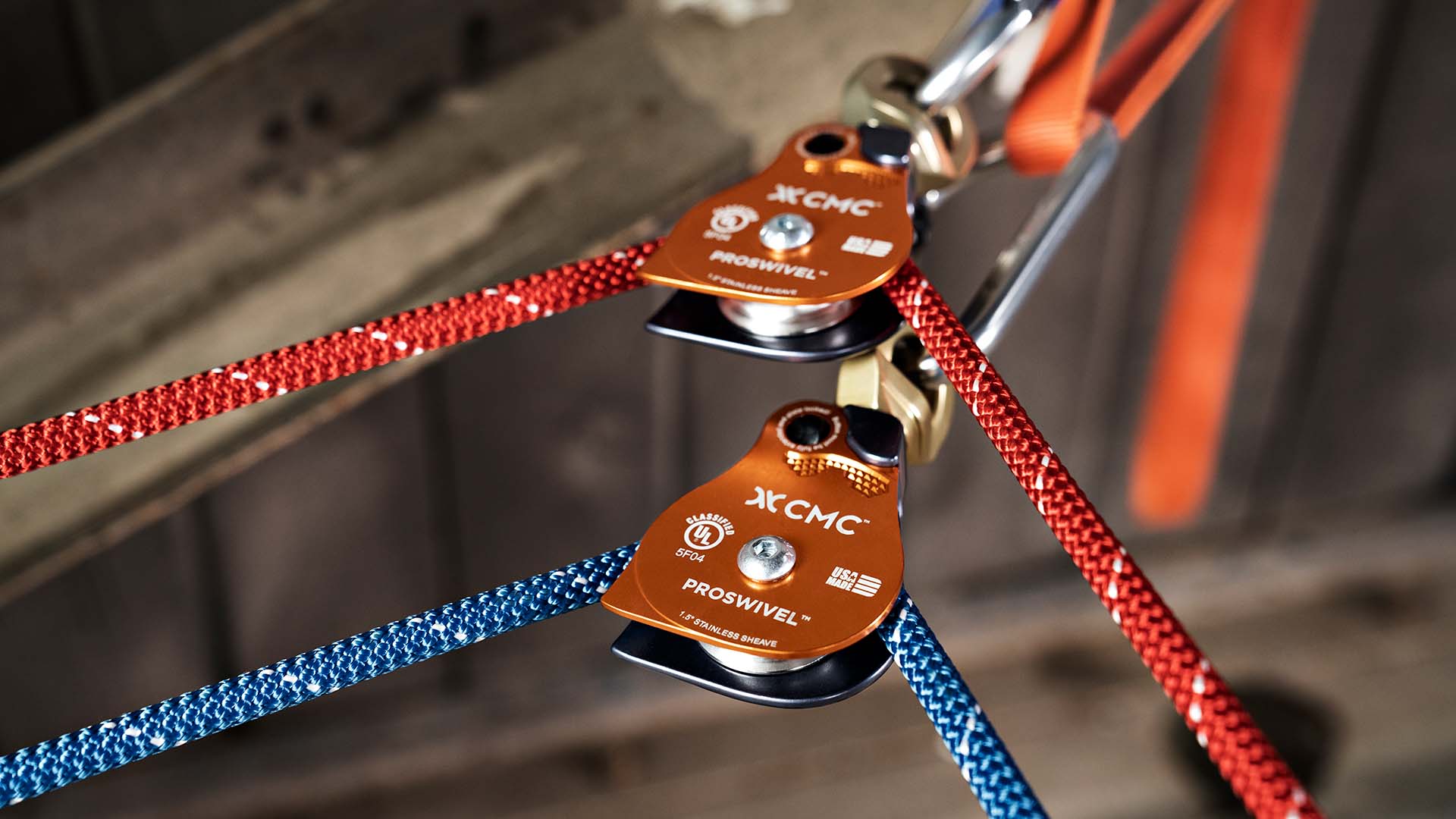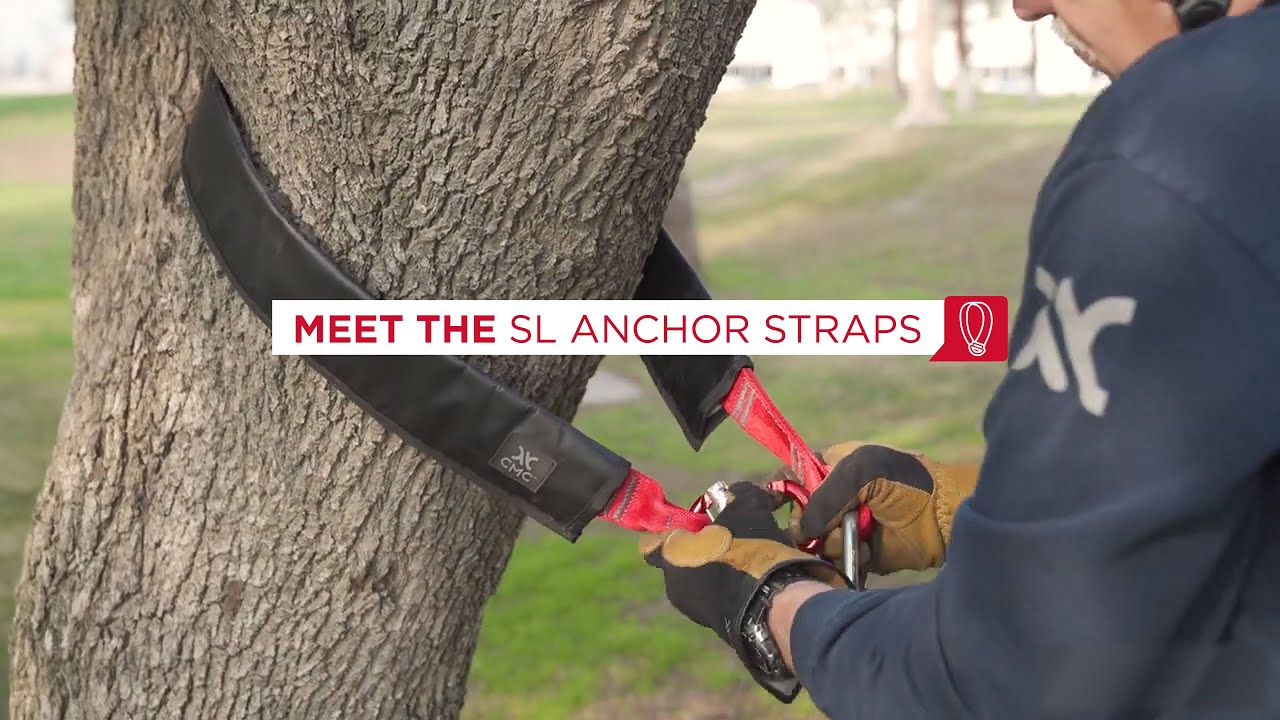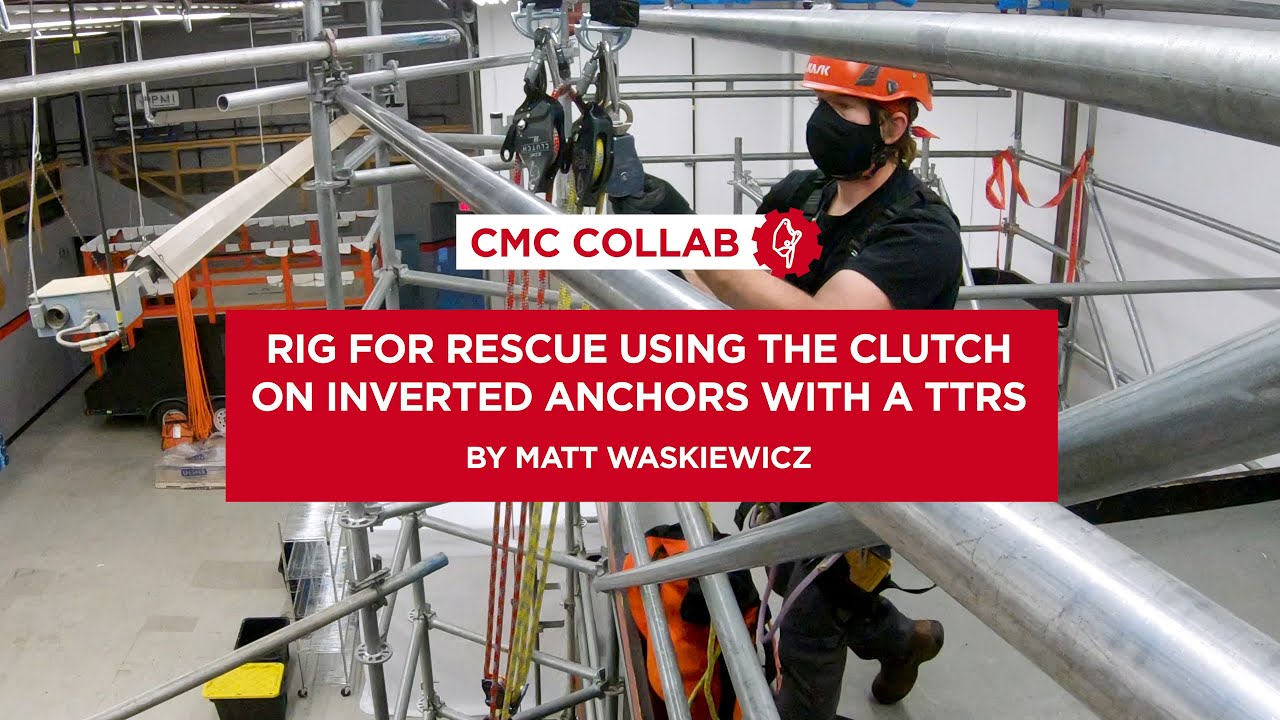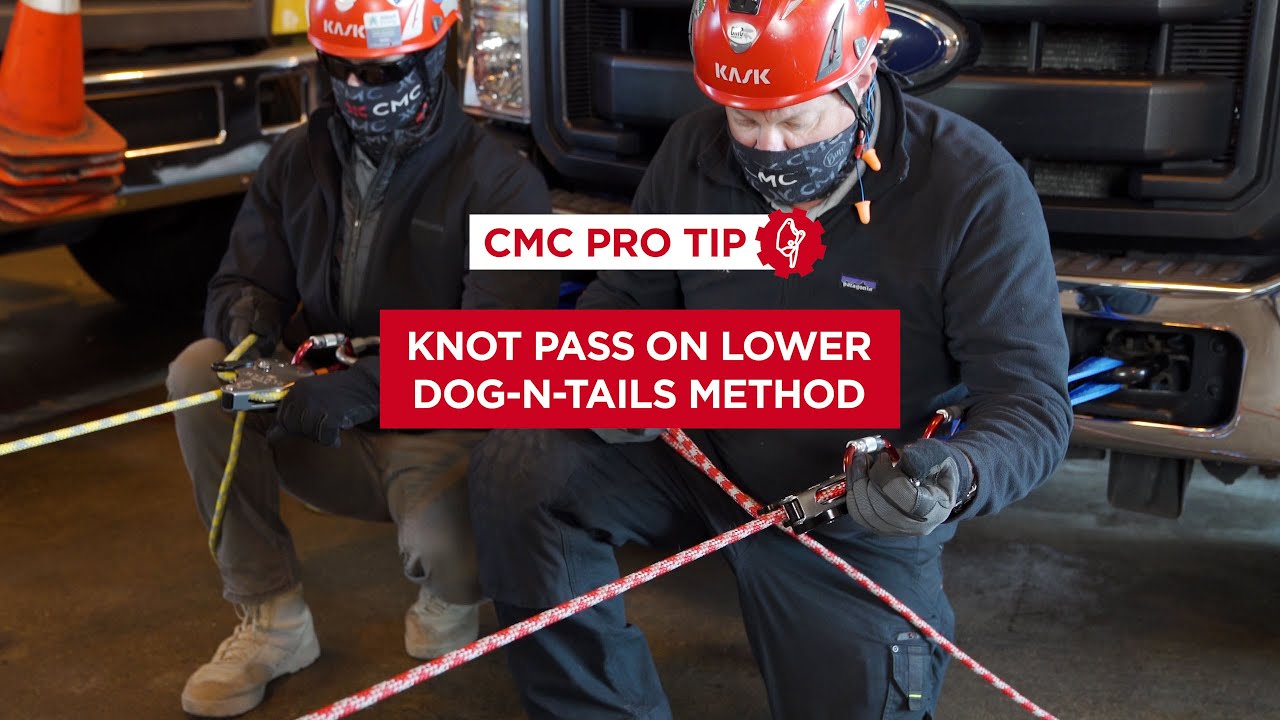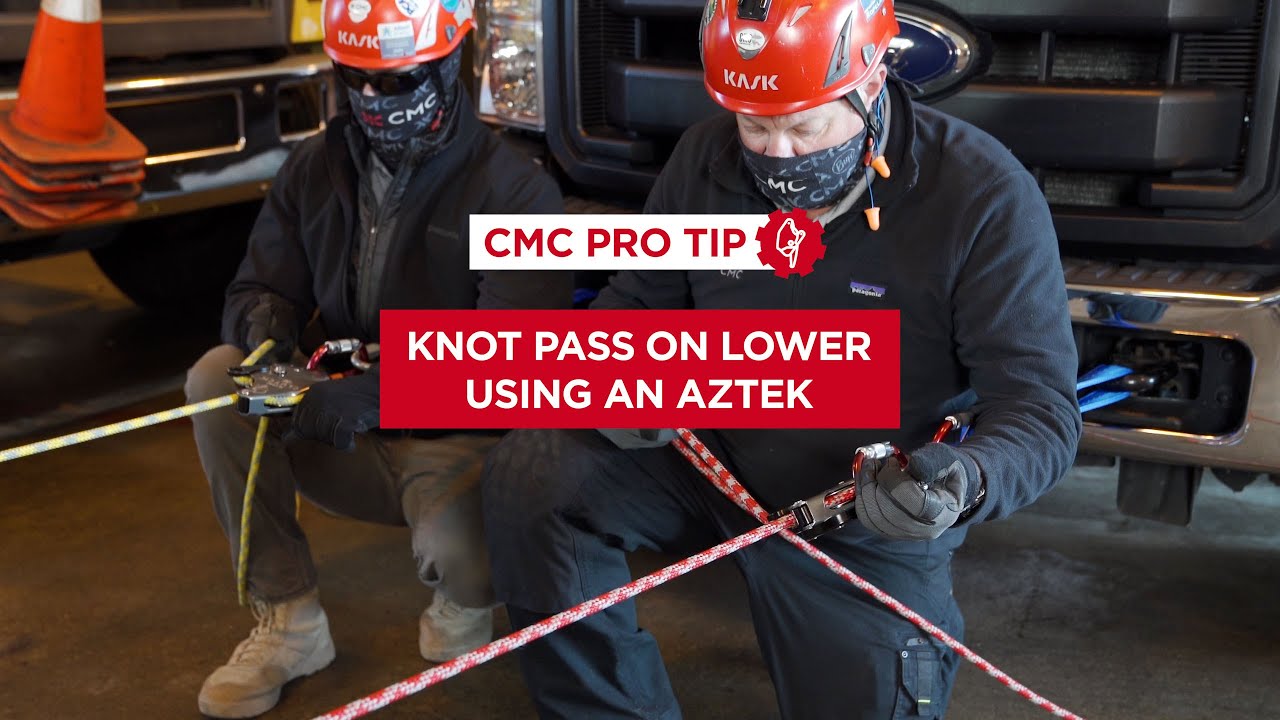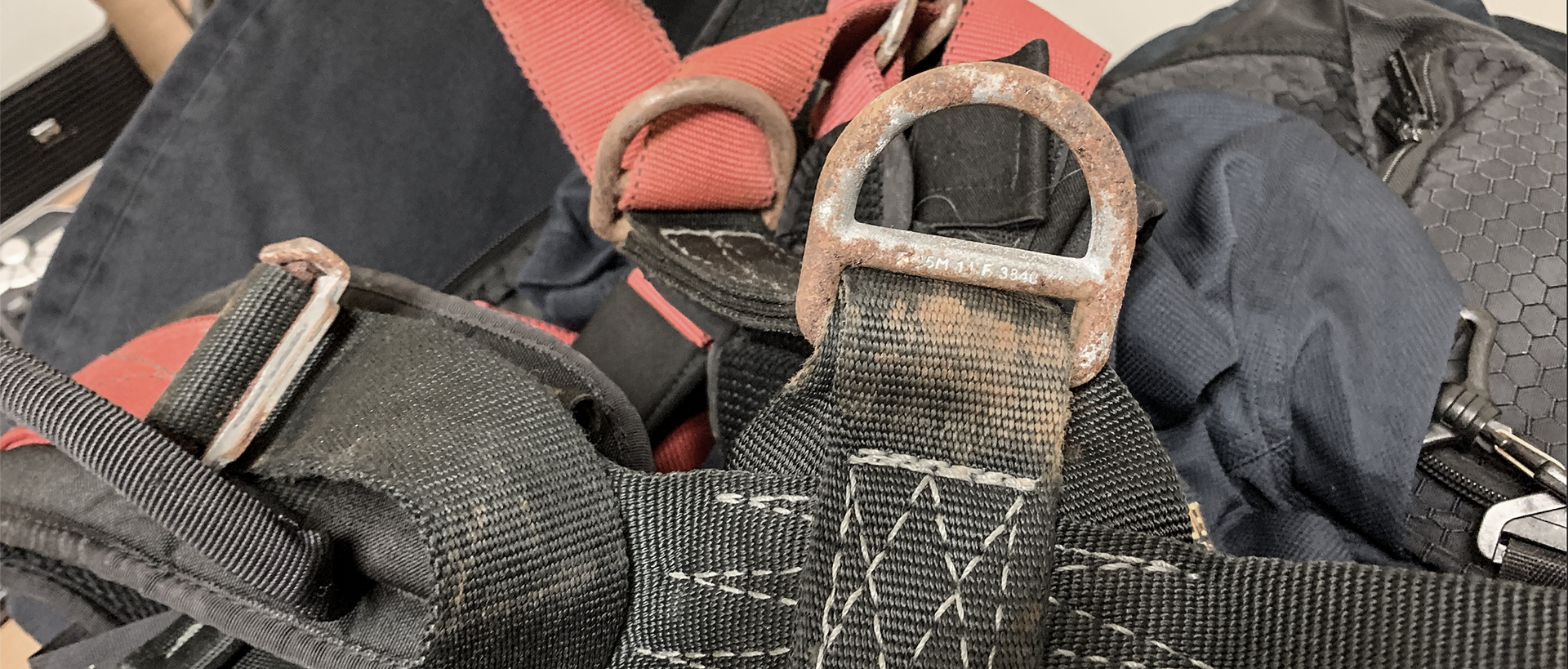
PRO Tip: Life Safety Harness Service Life
As with most equipment for work at height, harnesses have an expiration date. In rope rescue and rope access work, it’s critical to know when yours has reached the end of its service life. In this PRO Tip, Senior CMC School Instructor LeRoy Harbach reviews the considerations for retiring your harness.
The service life of a harness is closely related to that of a life safety rope – both are used in the same environment; both are made from nylon or polyester and both receive – or should receive – the same level of inspection and care. Since harnesses are worn on the body, they are generally better protected than ropes. On the other hand, harnesses rely on stitching to hold them together, and due to the small diameter of the thread, it is more susceptible to abrasion, aging and chemical damage than rope.
NFPA 1858 Standard on Selection Care and Maintenance of Life Safety Rope and Equipment for Emergency Services specifies that harnesses shall have a service life of no more than 10 years from date manufactured. The most significant contributing factor to the service life of harnesses is the history of use. A damaged harness should be retired immediately. Hard use would call for a shorter service life than would be acceptable for a harness that sees very little use. A harness that is missing information labels or other traceability records should be retired. If a harness is contaminated to the extent that it is not possible or cost effective to decontaminate, it should also be retired.
As with life safety ropes, if the harness has been subjected to shock loads, fall loads, chemical contaminants or abuse other than normal use, it should be retired from service.
When in doubt, throw it out.
If there is any doubt about the serviceability of the harness for any reason, it should be retired from service.
For additional information on retirement of life safety software products please refer to NFPA 1858 and ASTM F1740.

